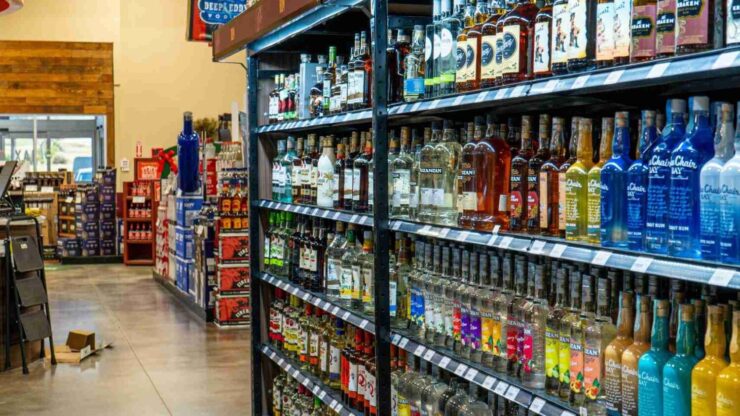Every drink you see in a store had to start somewhere. It didn’t just appear on a shelf one day. Whether it’s a fizzy soda, a cold tea, or a vitamin-packed water, it began with someone asking a simple question: “What if we made a drink that does this?”
From that first idea to the moment you see it in a fridge at the store, there’s a full process behind the scenes. It involves testing, designing, producing, and shipping—all before you even take your first sip. Here’s how it all happens.
It Starts With an Idea
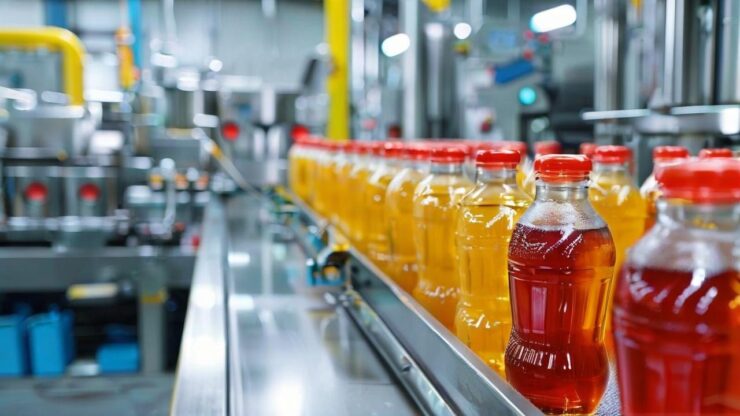
Every drink begins with someone thinking up a new concept. Maybe it’s a new flavor, like mango-coconut. Maybe it’s a new energy drink without sugar. Or maybe it’s something simple, like water with added minerals that tastes better than regular bottled water.
Some of these ideas come from big beverage companies that want to keep up with trends. Others come from smaller brands that want to stand out with something different. Either way, it all starts with a goal: create a drink that people will want to buy.
Once the main idea is clear, the next step is figuring out what should go into the drink. That means testing ingredients, checking flavor combinations, and making sure it tastes the same every time. People make lots of tiny batches in a lab or test kitchen until it tastes exactly the way they want.
Safety and Shelf Life Come Next
Even if a drink tastes great, it still has to be safe to drink—not just today, but weeks or even months from now.
This is where labs come in. Scientists and food safety experts test the drink for things like shelf life, pH balance, and how it reacts to heat or cold. For example, will the drink separate if it sits for too long? Will the flavor change after a few weeks? What happens if it’s stored in a hot delivery truck?
These tests are important because drinks can go bad if something’s off. They might spoil, change color, or grow bacteria. So the drink needs to pass all kinds of safety checks before it can move forward.
Picking the Right Packaging
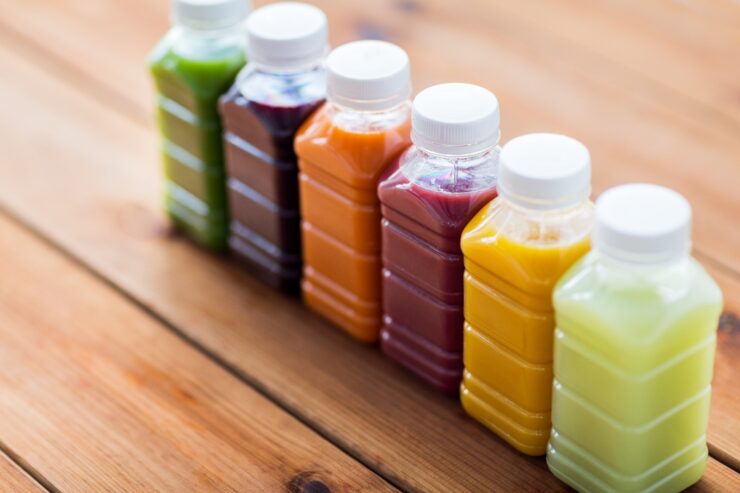
Once the drink is ready, the company has to figure out how to package it. And packaging isn’t just about looks—it affects how the drink is stored, shipped, and sold.
Most drinks come in either bottles or cans. Cans are especially popular for sparkling drinks, cold brews, and anything that needs to stay cold and fresh. One option many companies start with is blank aluminum cans—plain, undecorated cans that can be tested with different labels or printed designs. They’re great for new products because they let brands experiment without committing to one look.
At this stage, teams also decide on can size (like 12 oz or 16 oz), whether to use a matte or shiny finish, and if there should be any special features—like resealable lids or QR codes. These choices matter a lot. A good design catches your eye, helps the drink stand out in the cooler, and tells people what the product is all about before they even read the label.
Designing the Brand
You’ve probably picked up a drink before just because the label looked interesting. That’s not by accident.
Design and branding play a huge role in whether a new drink succeeds or not. It’s not just about having a logo. It’s about the color, the name, the font, the tone of the words, and even the texture of the packaging. All of it sends a message—this drink is bold, or calm, or healthy, or fun.
Designers usually test a few versions. They’ll print mockups, show them to focus groups, or post them online to see how people react. Once they get the response they want, they move forward with final designs and apply them to the actual cans or bottles.
Making It at a Larger Scale
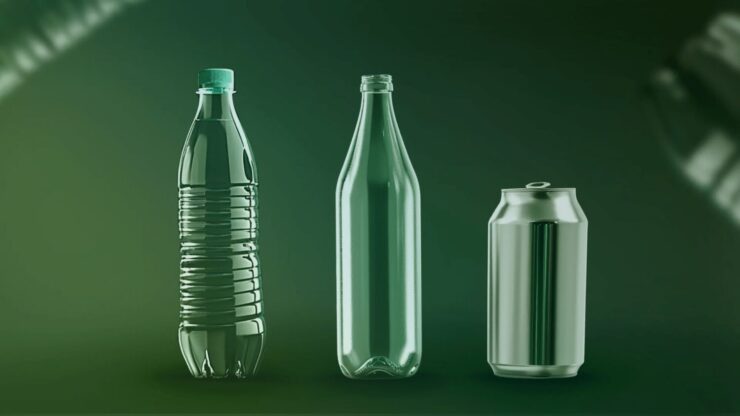
After the packaging and design are set, the drink goes into full production. This means making thousands—or even millions—of units.
At this point, everything moves to a factory or bottling facility. Ingredients are mixed in massive tanks, and machines handle the filling, sealing, and labeling. It’s a fast, highly organized process. Conveyor belts move the cans or bottles from one step to the next, and everything is checked for consistency.
Quality control staff test random samples to make sure the taste, color, and carbonation (if there’s any) are exactly right. If anything’s off, they stop production and fix the issue right away.
The goal is to make sure every can or bottle is just as good as the first one.
Getting It to Stores
Once the drinks are packed into boxes and stacked onto pallets, they need to be shipped out. Logistics teams plan how to get them to different places—warehouses, grocery stores, convenience stores, restaurants, and more.
Timing matters. Stores only have so much space, and drinks with shorter shelf lives need to move fast. If the product launches too slowly, or sits in a warehouse too long, it could go stale before it ever gets sold.
That’s why the delivery process is carefully planned. Routes are chosen to keep things cold if needed, and tracking systems help companies know exactly where each shipment is at any moment.
How People Hear About It
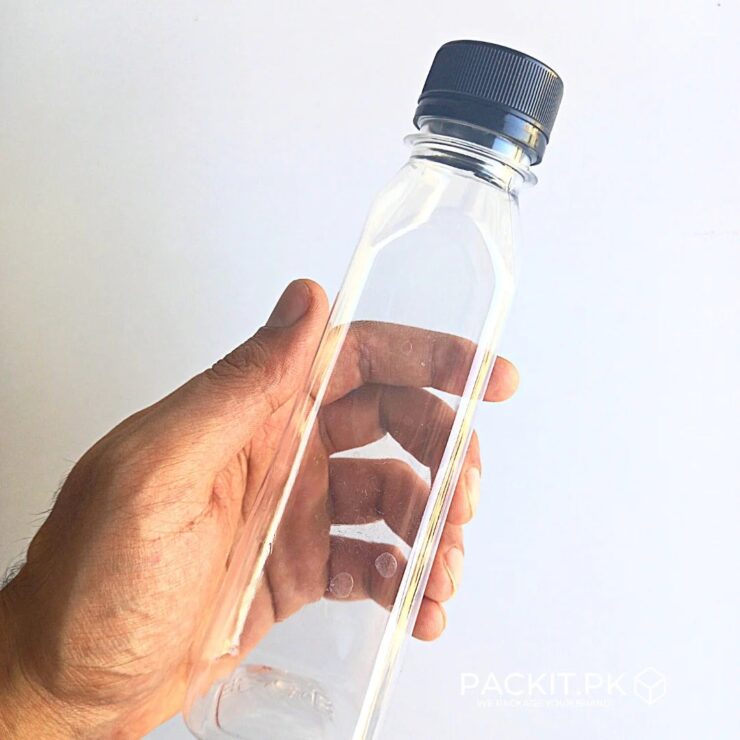
Even if the drink is good and the packaging looks great, no one’s going to buy it if they don’t know it exists. That’s where marketing comes in.
New drinks get launched with ads, social media posts, sponsorships, and sometimes free samples. Some brands team up with athletes or influencers. Others focus on getting their drinks into local cafés or gyms first.
The goal is simple: get people to try it. If they like it, they’ll come back for more—and maybe even tell their friends.
What It All Means
So the next time you open a drink, you’re holding the result of a long chain of steps. Someone had to think it up. Scientists made sure it was safe. Designers worked on the look. Machines helped make thousands of copies. Trucks delivered it to stores. And teams figured out how to tell you it exists.
It’s a team effort from start to finish.
Final Thoughts
Most people don’t think about what goes into making a drink. But there’s a lot more to it than just mixing flavors. It’s about planning, safety, design, production, and logistics—all working together to turn a small idea into something real.
And the best part? Anyone with a good idea, the right tools, and a strong plan can create a drink that ends up on a shelf somewhere.
If you’re ever curious about how products are made or what it takes to launch something new, starting with drinks is a great way to learn. It’s one of the few products that combines science, creativity, and business—all in one can.

